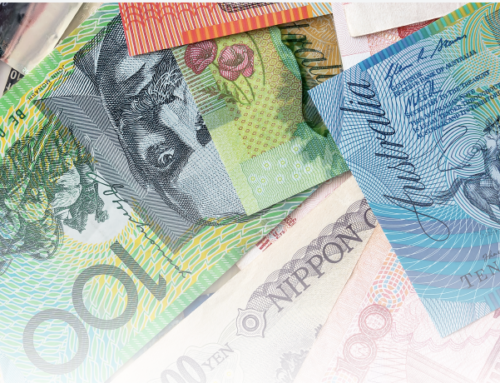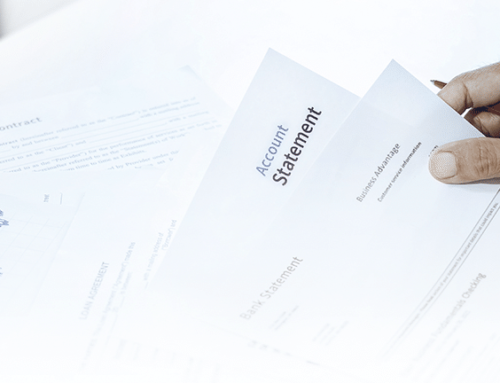It’s the million dollar question for all aspiring homeowners. How do you buy your first home when saving 20% is so hard, even impossible for some (not to mention stamp duty and other costs)?
Well, the good news is there’s a lifeline that gives you the option to buy with a 10% deposit – enough to make anyone want to ‘Lock it in Eddie’. But with banks putting low-deposit home loans under the spotlight, it’s important to put your finances in the hot seat to make sure they’re looking their best.
Here are five steps that could help you get the green light from a lender – and get into a place of your own sooner if you’re buying with a 10% deposit.
1. Cut or close credit card balances
Lenders are more interested in the credit limit on your cards than the outstanding balance. The higher the combined credit limits, the less you may be able to borrow. This is because you could, at any moment, withdraw or spend the full credit limit.
Boost your borrowing power by closing any unused accounts and request a lower credit limit for the credit cards you want to hold onto.
2. Ditch other debt
The more you spend on repaying other loans means that there is less left over to save for, or to pay off, your potential new home. After all, if you’re repaying $150 each month on a personal loan, that’s $150 less that could be going towards your home loan.
Where possible, pay off other loans before applying for a home loan. If that’s a stretch, aim to reduce the balance and maintain a squeaky-clean record for making repayments on time.
3. Top up your income
The higher your income, the more likely a lender is to roll out the welcome mat. So dust off the paperwork for all your earnings. That’s everything from overtime payments, work bonuses, commissions, dividends on shares, even Centrelink payments like Family Tax Benefit. It can all go into the mixing pot of income.
Don’t be shy about gig earnings either. It’s not uncommon for aspiring homeowners to pick up car-share driving, catering shifts or other work to show extra cash coming in – an extra $200 a week is over $10,000 per year. Let your lender know how much a side hustle brings in each month. Every dollar counts.
4. Skip ‘buy now, pay later’ purchases
Spending up big with buy now, pay later (BNPL) platforms like Afterpay or zipPay can be a roadblock to landing a home loan. Late payments could even put a dent in your credit record.
Play it safe by saying bye-bye to buy now, pay later purchases – even if that means closing the accounts. That way, you can avoid any awkward ‘please explain’ moments from a lender spotting BNPL payments all over your bank statements.
5. Apply for a smaller loan
If you’re struggling to raise a bigger deposit, flip things around by reducing the amount you want to borrow. Think of it this way, if you’ve saved $50,000, and you want to buy a $500,000 home, your deposit is 10%. Scaling back your buying budget to a home worth $450,000 sees that same deposit jump to over 11%.
Borrowing less can also mean saving on lenders mortgage insurance, and lower loan repayments – and also proof that even though we all want to be a millionaire, you don’t need to be one to buy a home.









Leave A Comment